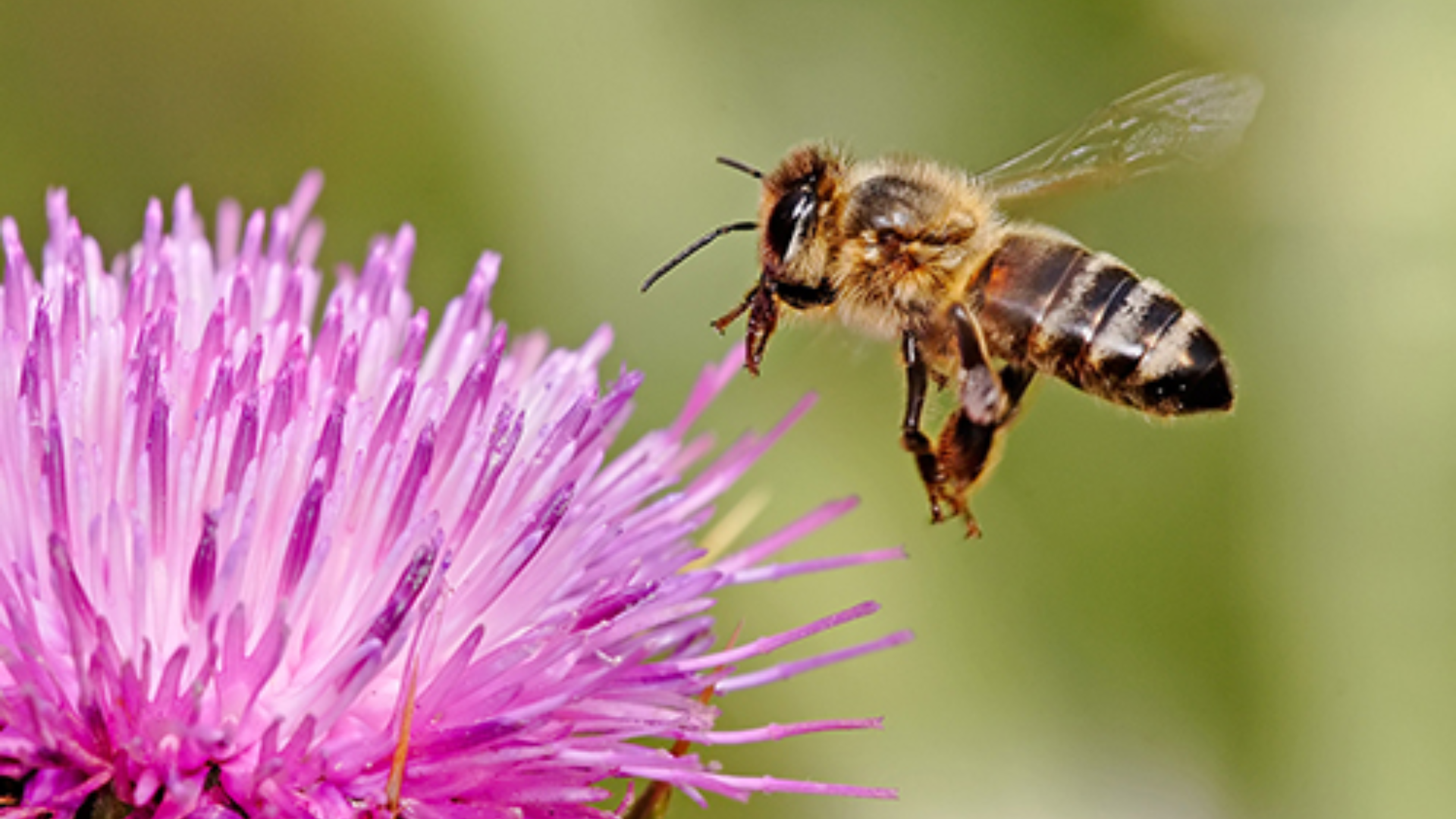
Honeybees are known to be at risk from pesticide applications. In a recent study, researchers found that these sprays affected bees’ sense of smell, interfering with their social signals.
Monitor larvae, queens, and worker bees, nurse bees use pheromones, which are molecules used as social cues in honeybee communication. These signals convey nutritional requirements as well as dangers, which may be misunderstood or masked. Since 2007, issues pertaining to honeybees have been identified, with pesticides being of concern because of their potential health effects. These substances are frequently combined with other insecticides to create potentially hazardous concoctions.
“For many years, it was assumed that fungicides do not have an adverse impact on insects because they are designed for fungal targets,” said May Berenbaum (GEGC/IGOH), a professor of entomology. “Surprisingly, in addition to insecticides, fungicides also have an adverse effect on bees and combining the two can disrupt colony function.”
An adjuvant’s ability to boost the “stickiness” of insecticides has been associated with the usage of pesticide spray mixes for more than ten years, according to reports from almond orchards. Biologically benign in nature, adjuvants undergo less safety testing than other insecticidal chemicals. According to recent studies, adjuvants by themselves or in combination with fungicides and insecticides are hazardous to bees, particularly nurse bees. The colony may suffer if healthy queens are not produced, which is why queen health is so important.
Using Dyne-Amic, Tilt, and Altacor, researchers investigated the impact of combinations on the olfactory system of honeybees. Four groups of bees were given either untreated or treated pollen. Electroantennography was used to record the results of removing and subjecting an antenna to chemical mimics.
Commonly used pesticides have been shown to affect honeybee antennal responses to nurse bee alarm and brood pheromones, potentially disrupting honeybee communication. Although the precise relationship between these substances and bees is yet unknown, behavioural changes were not examined in this study.















